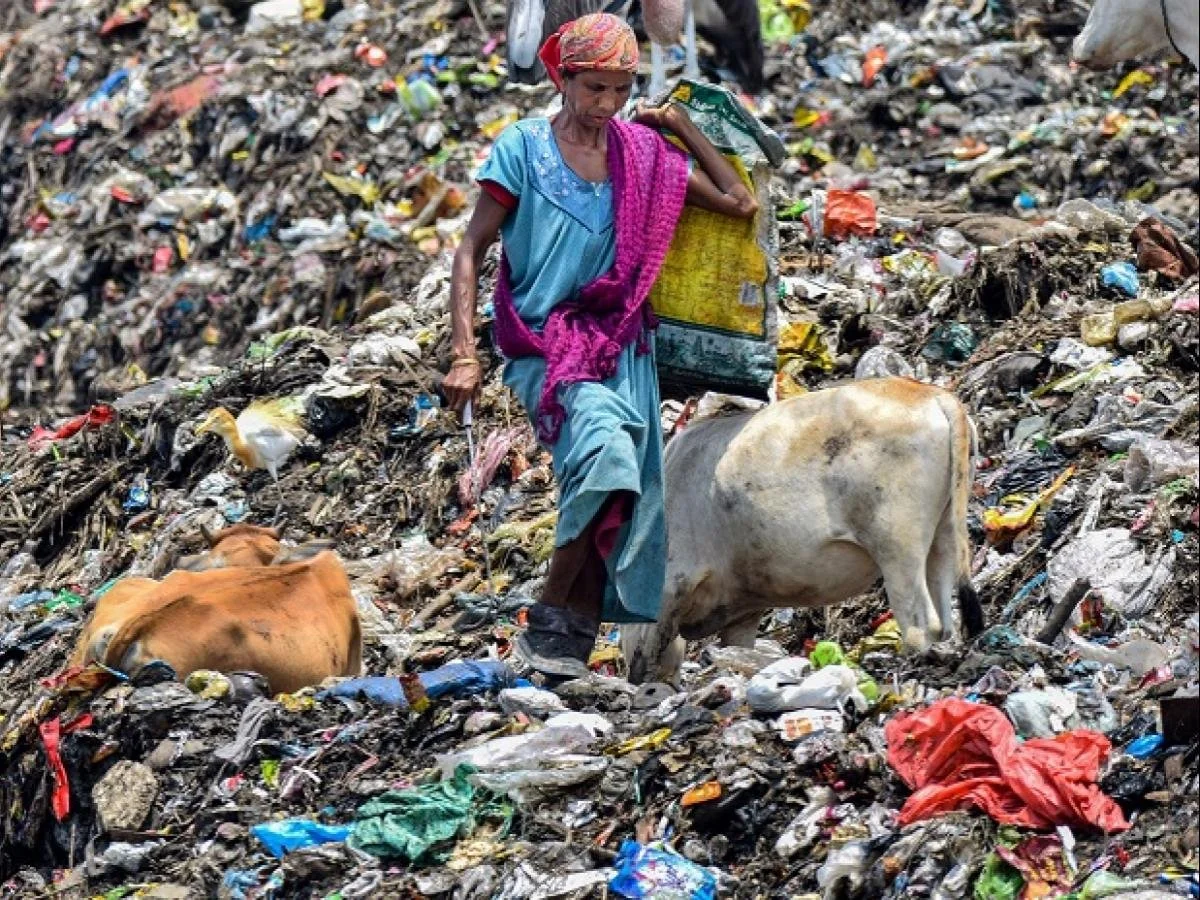The role of the ragpicker
By Sue Lucas, Paper & Print project research volunteer
The Ragpicker, 1869, Eduoard Manet
As part of the Paper and Print project, I’ve become fascinated with learning about how rags were sourced in the early days of papermaking. The social history of those involved with rag collecting - ragpickers, ragmen, ragwomen, rakers, scavengers - reveals the dark side of the industry. We know that when the cotton and linen rags arrived at the papermills, they were sorted, buttons and seams removed, and cut into small pieces before being beaten into a pulp, but where did the rags come from in the first place?
The earliest materials used for papermaking were rags; best quality paper was made from fine linen rags, and brown and common papers from coarser rags such as netting, cordage and canvas. Devon in the 18th century with its large population had a source of fine rags, and its sea ports were a source of coarse rags. But more rags had to be imported to meet increasing demand. The mills in the Exeter district were supplied with rags by coastal trade, often from London. In 1666, to save linen and cotton for the papermakers, a decree was issued prohibiting the use of these materials for the burial of the dead.
Back then, linen had a long and serviceable life. A bed sheet would be used, mended repeatedly, then repurposed as cleaning cloths, toilet paper and menstrual cloths. When they were no longer useful, the rags would be put out for collection by ragpickers who would go house-to-house collecting in exchange for small coins or objects such as pins or thimbles. It’s also possible that these rags were disposed of in dunghills (thought to be the equivalent of modern-day compost heaps), which rag gatherers would rake through to pick out rags. Ragpickers have also been associated with executioners, scavenging clothing from corpses. It’s not surprising, therefore, that rags are thought to have played a part in the spread of disease. Outbreaks of cholera in parts of Europe during the late 19th century led to a complete prohibition of the importation of rags, firstly from Spain in 1885 and later from Italy in 1887.
I was intrigued to know about ragpickers in Exeter. So far I have only been able to find two people who people who fit the description of ragpicker in Exeter; a Private Gleeson, who was listed as ‘Rag gatherer’ in 1851 and lived in Preston Street and John Warren who was listed as a Rag Man in 1803, and lived at St Mary Steps. There were also a number of women who worked with rags, either as sorters or cutters, and who lived ‘Under the Walls, St Mary’s Steps’, referring to the large wall behind Cricklepit Mill and beneath today’s Western Way – so these women were, to all intents and purposes, homeless.
It feels as though we should have moved on from those days – but have we? Today there are estimated to be between 1.5 and 4 million ragpickers in India. It can surely be no coincidence that UK citizens discard around a million tonnes of textiles every year.
References
Chitty, J. (1976) Paper in Devon Original manuscript
Creativite Consultants (2020) The Ragpickers of yesterday. The Circular Economy of Tomorrow At: https://creativite-consultants.com/2020/09/14/the-rag-pickers-of-yesterday-and-today/ accessed 24 May 2024
Hutchins, B. L. (1904) The Employment of Women in Paper Mills The Economic Journal , Jun., 1904, Vol. 14, No. 54 (Jun., 1904), pp. 235-248 Oxford University Press on behalf of the Royal Economic Society
Maxted, I. (2014) Exeter Working Papers in Book History At: https://bookhistory.blogspot.com/2014/07/devon-paper-trades-exeter.html?m=1 accessed 24 May 2024
Parliament (2019) Textile Waste and Consumption At: https://publications.parliament.uk/pa/cm201719/cmselect/cmenvaud/1952/report-files/195207.htm accessed 24 May 2024
Blog post photograph: Rag picker in Paris, 1899 - 1901



